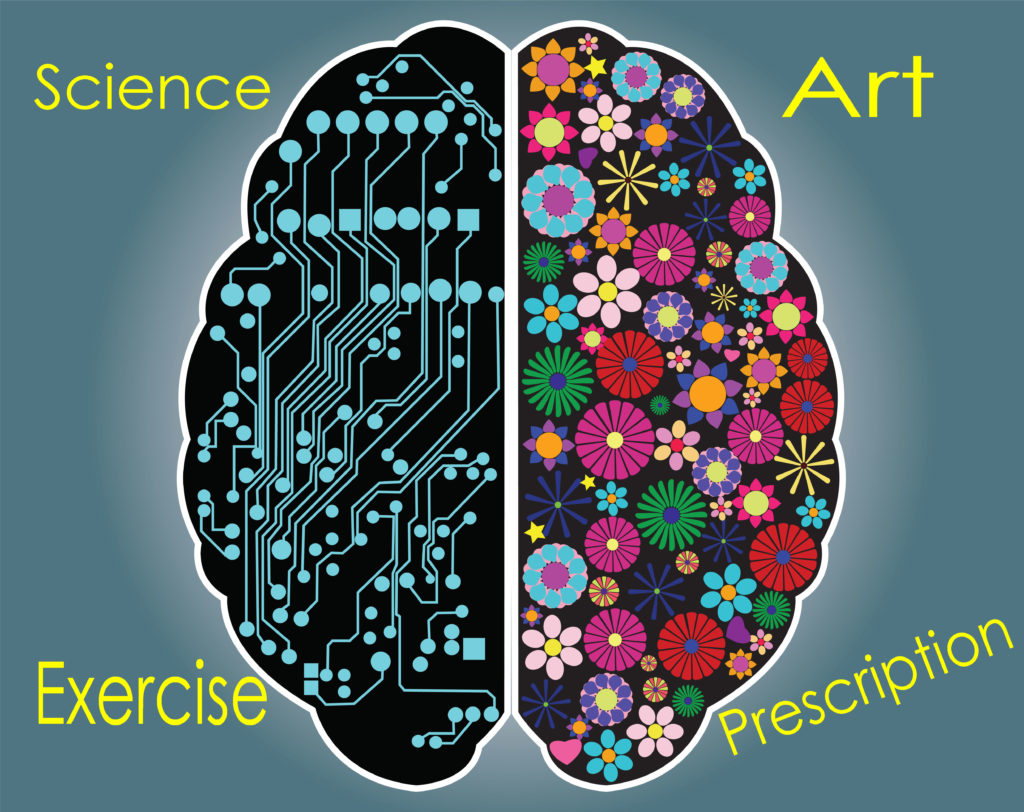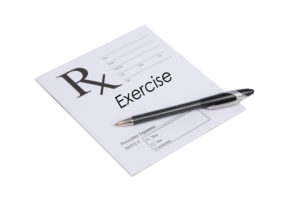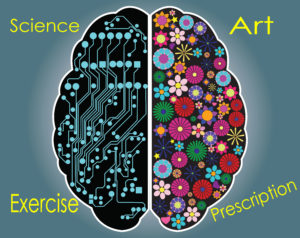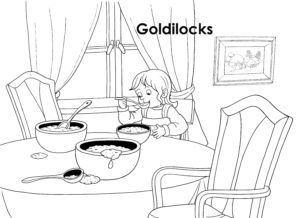Exercise prescription – Art & Science

Exercise while not a drug can behave like one. Exercise can help in the management of chronic diseases and offer pain relief for individuals suffering from musculoskeletal pain syndromes.
Like prescribing drugs, the concept of dosage applies to exercise prescription.

A dose-response to exercise is not unlike drugs however the minimum dose, dose-response, and maximum safe dose of exercise is not well understood. There is a continuous debate on how much, what type, how often, what intensity, and how lengthy exercise should be.
Frequently, when I prescribe exercise for a client with musculoskeletal pain syndrome, the client will ask how many repetitions I should do, how often, how intense should I be?
This is a frustrating question for me, as I do not have a direct answer.
Rigorous scientific studies are available documenting safety and effective dosage when it comes to prescribing drugs. Rigorous scientific studies are scarce documenting the effective dosage when it comes to prescribing exercise.
Prescribing exercise is an example of art and science. Art is more subjective, based on feelings and opinions as opposed to evidence and facts. The art of prescribing exercise is integrating exercise science with behavioral techniques and adjusting or titrating the exercise to achieve the desired outcome.

Titration is adjusting the dosage by increasing the dose over time or decreasing the dose over time to achieve the desired effects and avoid side effects or unintended consequences. It is the Goldilocks principle named by the analogy to the child’s story” “The Three Bears.” A young girl Goldilocks tastes three different bowls of porridge and finds she prefers the porridge that is neither too hot nor too cold, but just the right temperature.

Monitoring response to exercise prescription involves observing measuring parameters such as level of perceived level of exertion; the precision of the performance of exercise; level of fatigue; heart rate; level of pleasure, and other measures. Pain and soreness during and after exercise are important to consider.
Pain and Exercise:
Exercise can induce pain. Exercise can provide pain relief or reduction.
Treatment therapies for chronic musculoskeletal pain and rehab post orthopedic surgery are designed to progressively load resistance strengthening exercises that temporarily reproduce and aggravate the patients’ pain and symptoms. There are times when exercise prescription allows and/or encourages exercise to be painful. There are times when the statement no pain no gain is credible advice.
Exercise into pain’ as a therapeutic exercise is to encourage and allow pain can provide significant benefit over pain-free exercises in the short term. Musculoskeletal pain during exercise need not be a barrier to successful outcomes.
The why, when, and how of exercise into pain is where the art of exercise prescription is applicable. Pain the unpleasant bodily sensation causing physical discomfort and emotional stress is very subjective and varies from individual to individual. One person’s pain may be another person’s soreness.
Whether a healthcare professional, personal trainer or Dr. Google prescribes exercise it is important that the individual be active in monitoring and adjusting the exercise dosage to achieve the desired outcome. We adjust exercise prescription based on a variety of factors such as guidelines, outcomes, level of pleasure, and pain perception.
Exercise prescription can be up-titrated or down-titrated. Up-titration starts with an amount of exercise that does not elicit pain or symptoms and progresses the exercise until symptoms occur. Down-titration starts with the amount of exercise that elicits symptoms and decreases the amount of exercise until symptoms do not occur. The principal of doing no harm usually means starting with up-titration.
The table below provides an outline to safely adjust the dosage of exercise relative to pain perception.
Guiding principles for exercise into pain
| Pain Symptoms | Adjustment to exercise prescription |
| No pain soreness | Advance progress the amounts of exercise repetitions/intensity/duration |
| Pain soreness after exercise gone by next morning | Stay at the same amount of exercise or eligible to progress the repetitions/intensity/duration of exercise that led to pain or soreness |
| Pain soreness during exercise warm-up that continues as exercise continues | 2 days off rest, drop back on the amount of exercise repetitions/intensity/duration |
| Pain soreness during exercise warm-up that goes away as exercise continues | Stay at the amount of exercise repetitions/intensity/duration that led to soreness |
| Soreness during exercise warm-up that goes away, but re-develops during the exercise session | 2 days off rest, drop back on the amount of exercise repetitions/intensity/duration |
| Joint pain soreness the day after exercise and not muscle soreness | 1 day off rest, do not advance the amount of exercise repetitions/intensity/duration of exercise |
| Joint pain soreness more than one day after last exercise session | Regress the amounts of exercise repetitions/intensity/duration |
The above table provides a broad range of symptoms and adjustments of exercise. Self-awareness, reflection, and personal experience can provide gradation on these guiding principles.
If you are going to place a wager whether you are likely to do exercise too much, too fast, too soon? Are you likely to not exercise enough? The answer to this question can help as you self-adjust an exercise prescription. Hedge your bets. If you are likely to not exercise, enough try to be more aggressive, and vice versa.
If you are going to place a wager, whether you are more likely to have a low tolerance for pain? Are you likely to have a high tolerance for pain? Hedge your bets. If you have low pain tolerance, be a little more insistent. If you have high pain tolerance, be a little more surrendering.
The answer to the question my client raised about exercise is how many repetitions I should do, how often, how intense should I be, it is like the Goldilocks principle. Adjust the progression and regression of the amount of exercise according to how it tastes and feels.
The information on this website is not intended or implied to be a substitute for professional medical advice, diagnosis, or treatment. You are encouraged to perform additional research regarding any information contained available through this website with other sources and consult with your physician.
Damien Howell Physical Therapy – 804-647-9499 – Fax: 866-879-8591 At-Home, At Office, At Fitness Facility – I come to you, I do home visits Damien@damienhowellpt.com
1 Comments
Leave a Comment
You must be logged in to post a comment.

This is an exciting post regarding adjusting exercise and activity while recovering from Achilles pain. https://www.clickphysiotherapy.com.au/running-with-achilles-tendonitis/